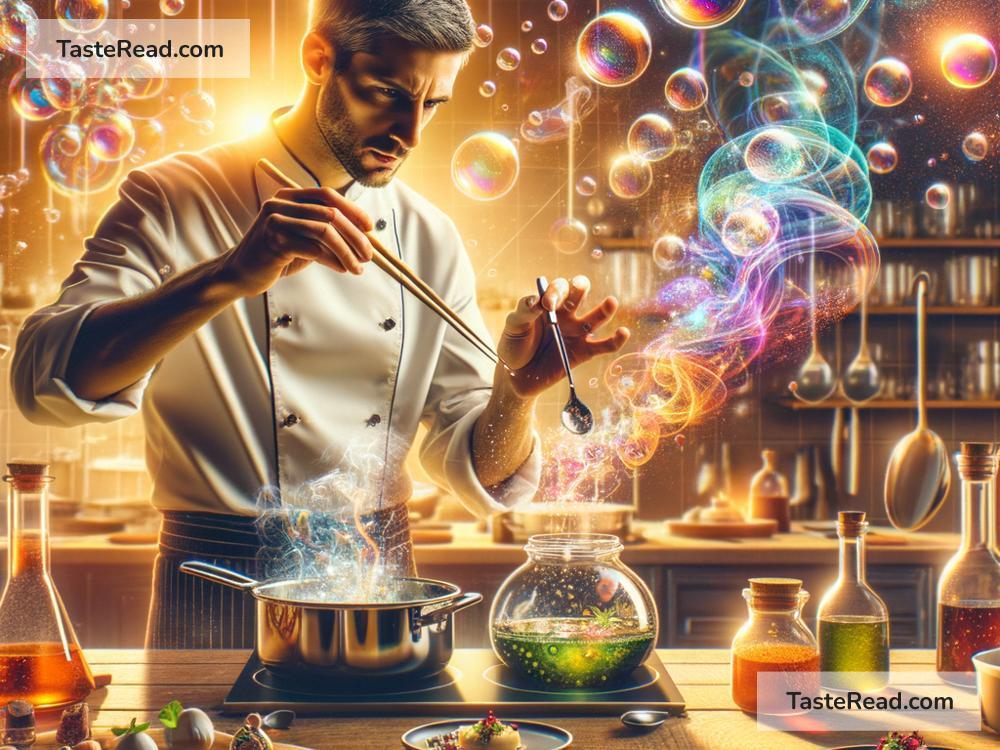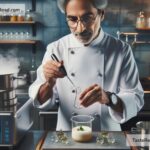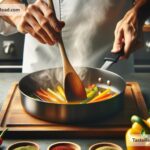The Science of Cooking with Chemical Mettle: Techniques and Tips
Cooking is more than just mixing ingredients and hoping for the best. It’s a form of art, powered by the invisible forces of science. When you understand the science of cooking and the chemical reactions that take place, your time in the kitchen becomes more predictable, creative, and fun. Let’s dive into the fascinating world of food chemistry and explore how you can use this knowledge to improve your cooking skills!
What Is Food Chemistry?
Food chemistry is the study of how different ingredients behave when mixed, heated, cooled, or exposed to other processes. It’s like solving puzzles made up of fats, proteins, carbohydrates, and water. These molecules interact in specific ways under certain conditions, and knowing these interactions can help you create tastier, better-textured food.
For example, ever wonder why an egg turns solid when you cook it? The answer lies in food chemistry! Eggs contain proteins that are folded up like tiny balls. When heat is applied, these proteins unwind and link together to form a network, resulting in a cooked, firm egg.
The Mettle of Chemistry: Understanding Reactions in Cooking
Cooking brings out the chemical mettle of food. Here’s a simple breakdown of some key reactions that happen in the kitchen:
1. Maillard Reaction (The Browning Effect)
Ever notice how a steak gets a golden crust or how cookies turn golden-brown while baking? That’s the Maillard reaction. When proteins mix with sugars under heat, they form hundreds of new compounds, creating rich flavors and a mouthwatering aroma.
Tip: To get a good browning on meat or baked goods, dry the surface thoroughly before cooking, then use high heat. Moisture slows down the Maillard reaction.
2. Caramelization
Caramelization happens when sugar is heated to high temperatures. It breaks down and turns into a golden-brown liquid with an intense sweetness and complex flavor. Think of caramelized onions or the crispy topping on crème brûlée.
Tip: When caramelizing sugar or food, control the heat carefully to avoid burning—it’s a fine line between delicious and bitter!
3. Emulsification
An emulsion is a mixture of oil and water that wouldn’t normally combine. Mayonnaise and salad dressings are classic examples, where egg yolks or mustard help these liquids stay blended.
Tip: When making an emulsion, add the oil gradually and whisk steadily to prevent separation. Room-temperature ingredients can also help.
4. Gelatinization
This process is what makes pasta, rice, and baked goods soft. When starch molecules are heated in water, they absorb liquid, swell, and eventually thicken sauces or batters.
Tip: For perfect pasta or rice, make sure to use enough water and don’t overcook. Over-gelatinized starches can become mushy.
5. Fermentation
Fermentation is the magic behind bread rising and yogurt turning creamy. Yeast or bacteria munch on sugars, creating gas bubbles (carbon dioxide) that expand dough or liquid.
Tip: Be patient! Good fermentation takes time. If making bread, leave the dough to rise in a warm place for the best results.
Essential Techniques Backed by Science
Understanding cooking science is half the battle—the other half is using techniques that make the science work for you. Here are some easy tips to elevate your cooking:
1. Season Strategically
Salt isn’t just for flavor—it’s also a chemical powerhouse. It enhances other flavors, draws water out of ingredients, and can even strengthen dough. Always season gradually and taste as you cook.
2. Use the Right Heat
Heat controls most chemical reactions during cooking. High heat helps the Maillard reaction, while low heat is great for preserving delicate textures (like poached eggs or slow-cooked vegetables).
3. Control Acidity
Ingredients like vinegar, lemon juice, or yogurt can cut through rich flavors. Acid also tenderizes meat—marinate tough cuts in acidic liquids for softer results.
4. Master Timing
Cooking is all about timing. Proteins can toughen, starches can over-thicken, and sugars can burn if cooked too long. Pay close attention to your recipes and rely on visual cues alongside timers.
5. Experiment With Texture
Changing textures can make simple dishes exciting. For example, crushing nuts for crunch, whipping cream for airiness, or freezing fruits for icy pops all rely on chemical principles.
Your Kitchen as a Lab
When you view your kitchen as a mini laboratory, cooking becomes an adventure. Every new recipe is an experiment that uses chemistry to transform raw ingredients into something delicious. Don’t be afraid to try new techniques, adjust flavors, or even fail—that’s where learning happens.
If you’re curious to explore more food chemistry, you can start with simple experiments:
– Add baking soda to pancake batter and observe how it expands.
– Try brining chicken in a saltwater solution and compare the flavors with unbrined chicken.
– Make whipped cream and see how air contributes to the texture.
Conclusion: Cooking with Knowledge
Cooking is a beautiful mix of artistry and science. When you understand the chemical reactions in the foods you cook, you’re not just following recipes—you’re building skills that empower you to make every dish better. Whether it’s browning a steak or creating the perfect fluffy cake, the science of cooking gives you confidence in the kitchen and lets your creativity shine.
So, put on your apron, grab some ingredients, and cook with chemical mettle! Each sizzle, bubble, and browning moment is an opportunity to discover the fascinating science behind the food you love. Happy experimenting!


